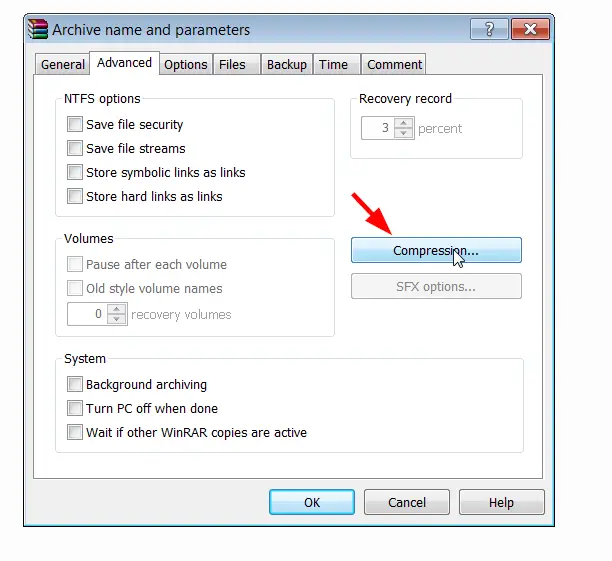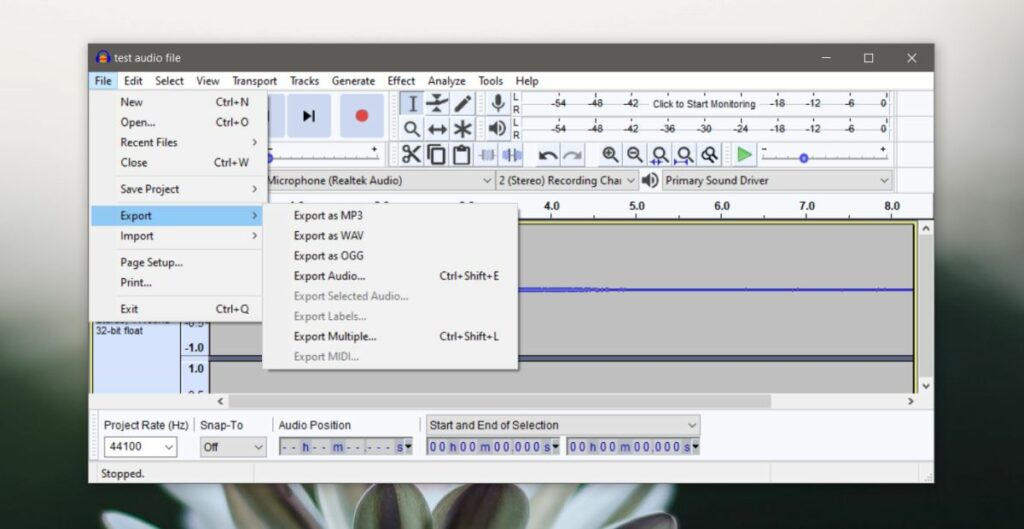
The codecs used to compress the video file will determine the ratio of quality to file size. Codecs use different compression algorithms to encode files.

A codec is a software tool used to compress or decompress a video. CodecĬodec stands for compression/decompression. When you are preparing video for the web, you will most likely be transcoding the file.

For example, you start with an H.264 file and convert it to MPEG4. This typically involves lossy compression. This is the process of changing one form of digital encoding to another. You can also add filters, subtitles, chapters, and other meta information to the file through encoding. All the compression happens during encoding. Video encoding is the process of formatting the file for output. A large amount of information is lost to reduce video file size. Lossy – a loss in quality in order to achieve a smaller file size.Even if there is a loss of information, there is no noticeable difference in quality to the viewer. Losseless – no loss in quality from the original file.Smaller files equal faster download/upload speeds. CompressionĬompression makes a file smaller. Below I will present some broad definitions of some important terms. But you don’t need a degree in physics to understand enough to edit video like a pro.

For most people, the terms related to compression are confusing. This subject of compression can be complicated.


 0 kommentar(er)
0 kommentar(er)
